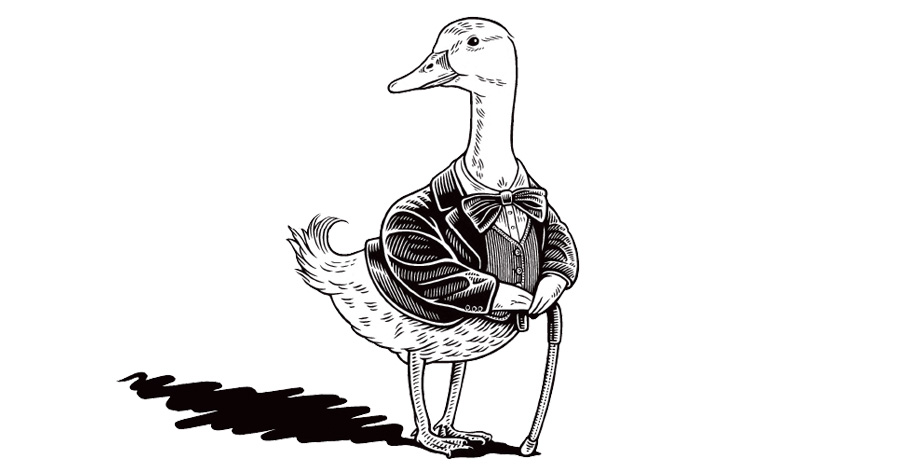
Illustration by Matthew green
There are several presidents in the process of leaving their leadership roles. One colleague indicated that he was trying not to practice “lameduckery” as his tenure concluded. Once a CEO announces, momentum slows and the “lame-duck syndrome” can set in. However, when strategically managed by the governing board, this period can advance the mission and lay the groundwork of success for the next president.
Timing is everything. Public announcements should be made six to nine months in advance of a president’s departure, and boards need to be notified well ahead of that to process the elements needed to guide the departure and to identify and onboard the next leader. In transition consulting, a multi-step process will help to ensure that no significant elements are missed or mismanaged.
Sometimes departing CEO’s default to a passive exercise of their duties, essentially “kicking cans down the road” for the next leader to resolve. And on occasion, a leader may become overly aggressive in championing their “legacy agendas” that now may not be in the best interests of the institution or its next CEO. To mitigate these extremes, governing boards should proactively guide the president’s managerial priorities during the wind down. The board has the responsibility to facilitate the best use of the CEO’s talents and energies. It is at this stage where boards demonstrate their governance effectiveness in guarding missional fidelity and guiding operational viability by working in tandem with the CEO to ensure the most successful crossing of the finish line.
Together, the board and CEO determine the priorities needing attention in the closing months. The president needs to provide the board with a thorough understanding of current conditions, pending initiatives, and emerging opportunities or challenges.
As a consultant who works with transitions, I assist the CEO in creating a “Transition Briefing Handbook” to address missional, operational, fiscal, program and personnel matters with a particular focus on current challenges and future opportunities. This document also informs the executive search process, as well as provides the new leader with a quick-start resource.
When presidents have functioned well, boards may seek ways to keep their departing leader engaged after retirement. It is assumed that doing so will minimize the risks of hiring a replacement, continue strategic relationships with core constituencies (particularly donors), honor the president’s effective service, and allow the next CEO more formal access for advice and insights.
However, my counsel is for presidents to leave with no continuing official relationship, and especially no operational authority, so the successor has the freedom to move forward with changes as needed. This decision also ensures that candidates with the skills and commitments to lead the institution will choose to apply. Ultimately, the board, not the departing CEO, is responsible for leadership transition and the ongoing effectiveness of institutional mission.